Magnolia Coco (Coconut Magnolia) Grow & Care Guide
Written by Iris
Oct 11 2021
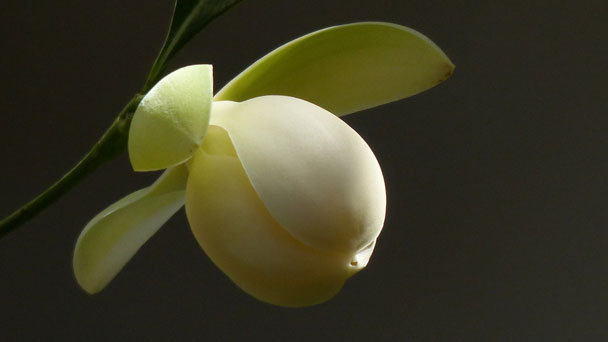
A variety of fragrant plants are often used in the landscape, especially those with beautiful flowers and fragrant breath, and Magnolia Coco (Coconut Magnolia) is one of them, which can be used as both ornamental plants and medicinal plants. Magnolia Coco (Coconut Magnolia) is very popular.
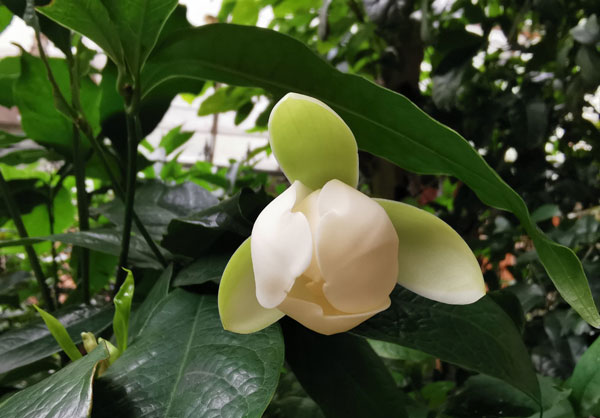
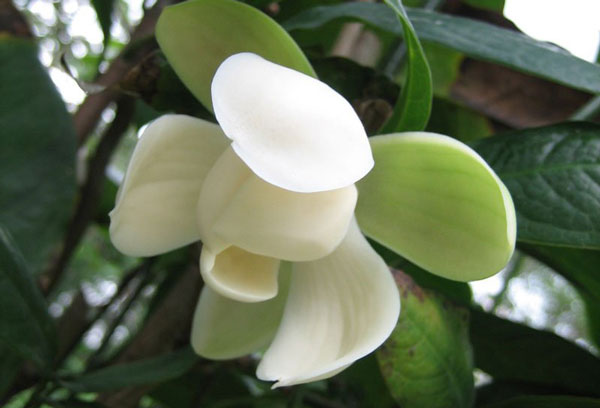
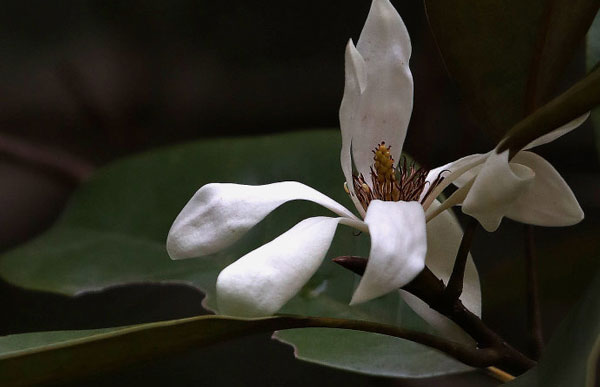
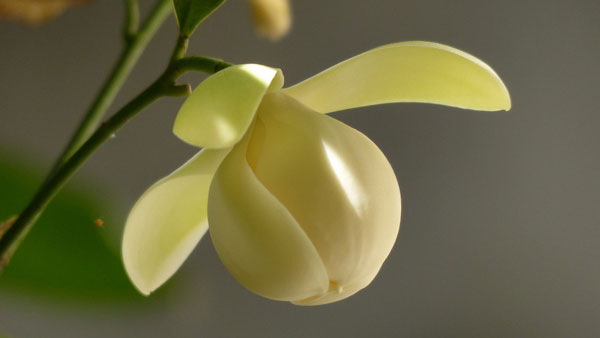
Magnolias rarely suffer from pests, but can be prone to a few fungal diseases. Honey fungus can spread underground and attack and kill the roots of magnolia, eventually killing the plant. Symptoms to look out for include die-back, pale foliage, an absence of flowers, bleeding and cracking bark. Phytophthora root rot can cause similar symptoms to honey fungus, including sparse foliage and dieback. It can be a problem on heavy or waterlogged soils. Bracket fungus also causes dieback, as well as thinning of the tree crown. You will also spot large fungi on the branches of the trees. By the time these appears, there will have been extensive decay in the heart of the branch, which may fall off.
In all three cases, there is little you can do. You may need to dig up the plant and the surrounding soil, and replace with a different shrub or tree that is less prone to fungal problems.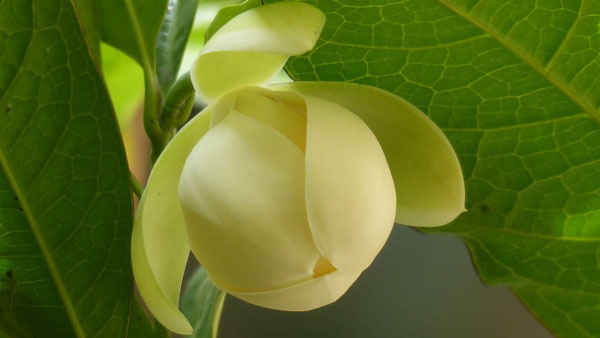
Where to Grow Magnolia CocoWhen to Grow Magnolia Coco (Coconut Magnolia)How to Grow Magnolia Coco (Coconut Magnolia)Magnolia Coco Propagation with SeedsMagnolia Coco Propagation with CuttingsMagnolia Coco Propagation with LayersHow to Care for Magnolia Coco (Coconut Magnolia)Light CareSoil CareWater CareFertilizer CarePruning CarePests and Diseases CareMagnolia Coco (Coconut Magnolia) FAQWhere is The distribution of Magnolia coco?What is the uses of Magnolia coco?
Where to Grow Magnolia Coco
Magnolia Coco (Coconut Magnolia) grows best in sunny, fertile, well-drained, slightly acidic soil. Choose a shelter that is not in a low-lying frost bag - frost can damage flowers. If you live in a cold part of the country, choose varieties that bloom later. Remember the tree's final height and spread, and make sure you leave room for it -some magnolias can grow very large. If you are concerned about growing magnolia near your house, choose a smaller variety.
When to Grow Magnolia Coco (Coconut Magnolia)
Deciduous magnolias (those that drop their leaves in fall) are best planted when dormant, typically in late fall or winter in warmer climates and early spring in cold climates. Evergreen magnolias are best planted in early spring. For the first 6 to 12 months after planting, both types will benefit from mulch and regular irrigation during warm or dry weather.
How to Grow Magnolia Coco (Coconut Magnolia)
Magnolia Coco Propagation with Seeds
Magnolia Coco (Coconut Magnolia) can be grown quite easily from fresh seed when it is seen. Sow fresh seed into a seed-raising or potting mix and leave in a shady spot outdoors. Note that the resultant tree is most likely to be a species form, and therefore of very large size.Magnolia Coco Propagation with Cuttings
Semi-hardwood leaf-tip cuttings of around 15cm in length can be taken in summer through to autumn. Dip in a propagating gel, place cuttings in small individual pots of propagating mix and keep moist but not wet in a cool spot.Magnolia Coco Propagation with Layers
You can also propagate Magnolia Grandiflora by air layering using the current season’s growth. You can do this in late summer or by using one-year-old branches in early spring. This method involves wounding a branch and wrapping it on the mother plant with twine. You must remove the bark from the branches and surround them with moist soil until roots form. Provide with watering regularly to maintain the substrate damp and separate the branches from the mother plant once you notice roots sprouting.
How to Care for Magnolia Coco (Coconut Magnolia)
Light Care
Magnolia Coco (Coconut Magnolia) prefer a spot in the garden that receives full sun to light shade. That said, if you live in a particularly warm or dry climate, your magnolia might benefit from a location shaded from the hot afternoon sun. If possible, avoid exposed, windy locations because strong winds can damage large flowers and the typically brittle branches.Soil Care
Magnolia Coco (Coconut Magnolia) prefer a moist, well-drained soil which is rich in organic matter, so it is well worth adding some well-rotted manure or compost to the planting hole, mixing it thoroughly and deeply. Magnolia Coco (Coconut Magnolia) will thrive on a neutral or slightly acid soil, with a pH of around 5.5 – 6.5. Chalky soils can be trickier, but some species such as Magnolia stellata and magnolia soulangeana will cope nicely, making a worthwhile display.Water Care
Normal watering means that the soil should be kept evenly moist and watered regularly according to conditions. Most plants like to water an inch a week during the growing season, but be careful not to overwater. Regular watering is important for the first two years after installing plants. The first year is critical. It's best to water once a week and deeply rather than frequently for a few minutes.Fertilizer Care
Magnolia Coco (Coconut Magnolia) can benefit from fertilization. Make a visual inventory of your landscape. Trees need to be fertilized every few years. Shrubs and other plants in the landscape can be fertilized every year. Soil testing can determine the existing nutrient levels in the soil. If the content of one or more nutrients is low, a specific rather than general fertilizer may be required. Fertilizers with high nitrogen and nitrogen content will promote the growth of green leaves. Excessive nitrogen in the soil can cause excessive vegetative growth of plants, but it can impair the development of flower buds. It is best to avoid fertilizing late in the growing season. The applications carried out at that time may force the plants to grow and flourish, with no chance to harden before the onset of cold weather.
Pruning Care
Magnolia doesn't need much pruning, other than cutting away damaged branches or the whole tree to stay beautiful. The best time to prune is after the trees have flowered in late spring or early summer.Pests and Diseases Care
The most common problem when growing magnolias is a lack of flowers. Young magnolias can take several years to flower, so be patient. Make sure you have the right soil – neutral to acidic, not alkaline – and the right spot. Magnolias need plenty of sunshine and shelter from strong winds and frosts, which can damage the flowers. Heavy pruning in summer will remove the developing flower buds and will also stress the tree, preventing it from flowering. Lack of water can also stress the tree. Blackened foliage is due to frost damage. New leaves should resprout when the weather warms.Magnolias rarely suffer from pests, but can be prone to a few fungal diseases. Honey fungus can spread underground and attack and kill the roots of magnolia, eventually killing the plant. Symptoms to look out for include die-back, pale foliage, an absence of flowers, bleeding and cracking bark. Phytophthora root rot can cause similar symptoms to honey fungus, including sparse foliage and dieback. It can be a problem on heavy or waterlogged soils. Bracket fungus also causes dieback, as well as thinning of the tree crown. You will also spot large fungi on the branches of the trees. By the time these appears, there will have been extensive decay in the heart of the branch, which may fall off.
In all three cases, there is little you can do. You may need to dig up the plant and the surrounding soil, and replace with a different shrub or tree that is less prone to fungal problems.

Magnolia Coco (Coconut Magnolia) FAQ
Where is The distribution of Magnolia coco?
Magnolia Coco is native to China; It is distributed in East China, South China, Southwest China and Liaoning, Hebei, Henan, Shaanxi and other provinces.What is the uses of Magnolia coco?
- The garden use of Magnolia coco
- Economic uses
Latest Updated
- Benefits of Bugleweed - 7 Science-backed Health Benefits
- Bugleweed Dangers & Side Effects - Is It Poisonous?
- How to Plant Evergreen Trees - What You Should Know
- When to Plant Evergreens - Grow Guide for Evergreen Trees
- 12 Wonderful Evergreen Shrubs for Your Garden
- 12 Popular Evergreen Plants with Pictures for Beginners
- When And How To Prune A Lilac Bush Like a Pro
- How to Grow & Care for Lilac Vine (Hardenbergia Violacea)
- Japanese Lilac Tree (Syringa Reticulata) Care & Propagation Guide
- Shumard Oak Pros and Cons - What to Know
Popular Articles
- Winter maintenance of Antirrhinum Majus
- How to Grow Terminalia Mantaly Tree
- How to Grow and Care for Crossostephium Chinense
- How to grow Antirrhinum Majus in spring
- Peristeria Elata (Dove Orchid) Profile: Info & Care Guide
- Underwatered Snake Plant (Sansevieria Trifasciata) - Signs And How To Fix
- How to Care for Brazilian Jasmine Plant (Mandevilla Sanderi)
- How to Grow & Care for Graptopetalum Purple Delight in Summer
- Rosa Chinensis (China Rose): Plant Growing & Care Tips
- How to Care for Baby Sun Rose (Aptenia Cordifolia)